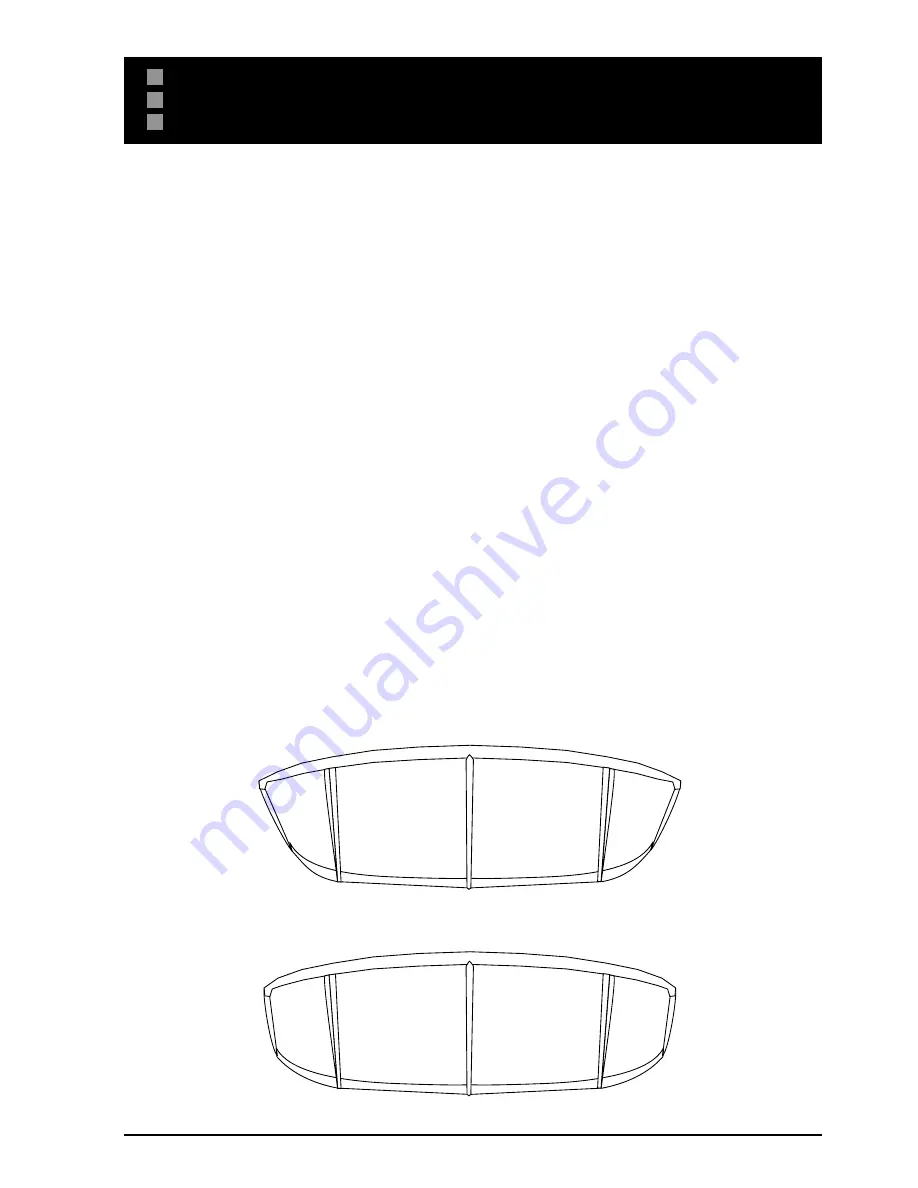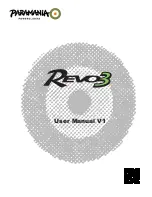
06
35
SETUP #4
TUNING THE KITE - CONTRA / REVOLVER / CO2
TUNING THE KITE - CONTRA / REVOLVER / CO2
Proper tuning of your CONTRA, REVOLVER, and CO2 kite is essential for best performance. A properly tuned kite increases its
efficiency, speed, and allows the kite to de-power correctly. The following guidelines will help you to properly tune the kite to
suit your style of riding.
• All models have a desired sweet spot that is achieved by the correct tension of the steering (back) and de-power (front)
lines. Fine-tuning of the kite may be done by making small adjustments to the Centerline Adjustment Strap (CAS.).
• Do not ‘over sheet’ the kite. The first objective is to set the kite’s maximum power while allowing it to fly efficiently across
the sky. More power and quicker turning is achieved by tensioning the steering (back) lines. This is called ‘sheeting in the
kite’. There is however, a point of diminishing returns. Too much back line tension will cause the kite to fly slowly across
the sky and not allow it to fly to the edge of the power window.
• With the kite directly overhead, hook into the harness loop and fully sheet in (power up) the kite. Observe the angle of the
wingtips in relation to the other inflated battens. A common turning position is achieved when the wing tips are parallel
to the inflated battens and the steering (back) lines are taught. (Fig. 1) If the wing tips are flared outward at the leading
edge, the kite will be over sheeted. (Fig. 2) (CAUTION: beware of lofting. Leaving the kite overhead for long periods of time
increases the risk of this phenomenon. If you feel yourself being lifted, sheet out immediately and be ready to pull your
QRS).
• De-power the kite by pulling on the CAS until the desired effect is achieved. The more you pull on the CAS the less power
the kite will have. Keep in mind that you will still be able to de-power the kite through the Depower Loop, so do not de-
power too much with the CAS. To increase power, pull down on the large plastic loop on the CAS.
• The Frontline needs to be tuned so that it is under light tension. Too much tension and the kite will be depowered and slug-
gish. Not enough and the kite may breath and wobble in gusts. The ball should sit firmly on the stainless ring at the end of
the mainline (image)
View of kite from riders perspective. Kite in the neutral position directly above the rider.
Over-sheeted wingtip (too much back line tension)
Front line too tight
Correct Trim
Summary of Contents for CROSSBOW 2006
Page 1: ...2006 U S E R MANUAL CROSSBOW SWITCHBLADE CONTRA REVOLVER CO2 KITE...
Page 2: ......
Page 27: ...23 SETUP...
Page 57: ......
















































